EU Law: Examining the Roles of Treaties and Member States' Control
VerifiedAdded on 2023/06/16
|5
|849
|69
Essay
AI Summary
This essay provides an overview of the power dynamics within the European Union, focusing on the roles of key institutions such as the Council of Ministers, the European Council, the European Parliament, the European Court of Justice, the European Commission, the European Central Bank, and the Court of Auditors. It examines how member states delegate powers to these institutions and highlights the significance of treaties, including the Treaty of Lisbon, Treaty of Nice, Treaty of Amsterdam, Maastricht Treaty, Single European Act, Merger Treaty, and the Treaties of Rome, in shaping EU law and governance. The essay emphasizes that member states collectively hold significant power within the EU, particularly through the Council, the division of power, treaties, and the Euro Group, influencing decision-making processes and the overall direction of the European Union.
1 out of 5
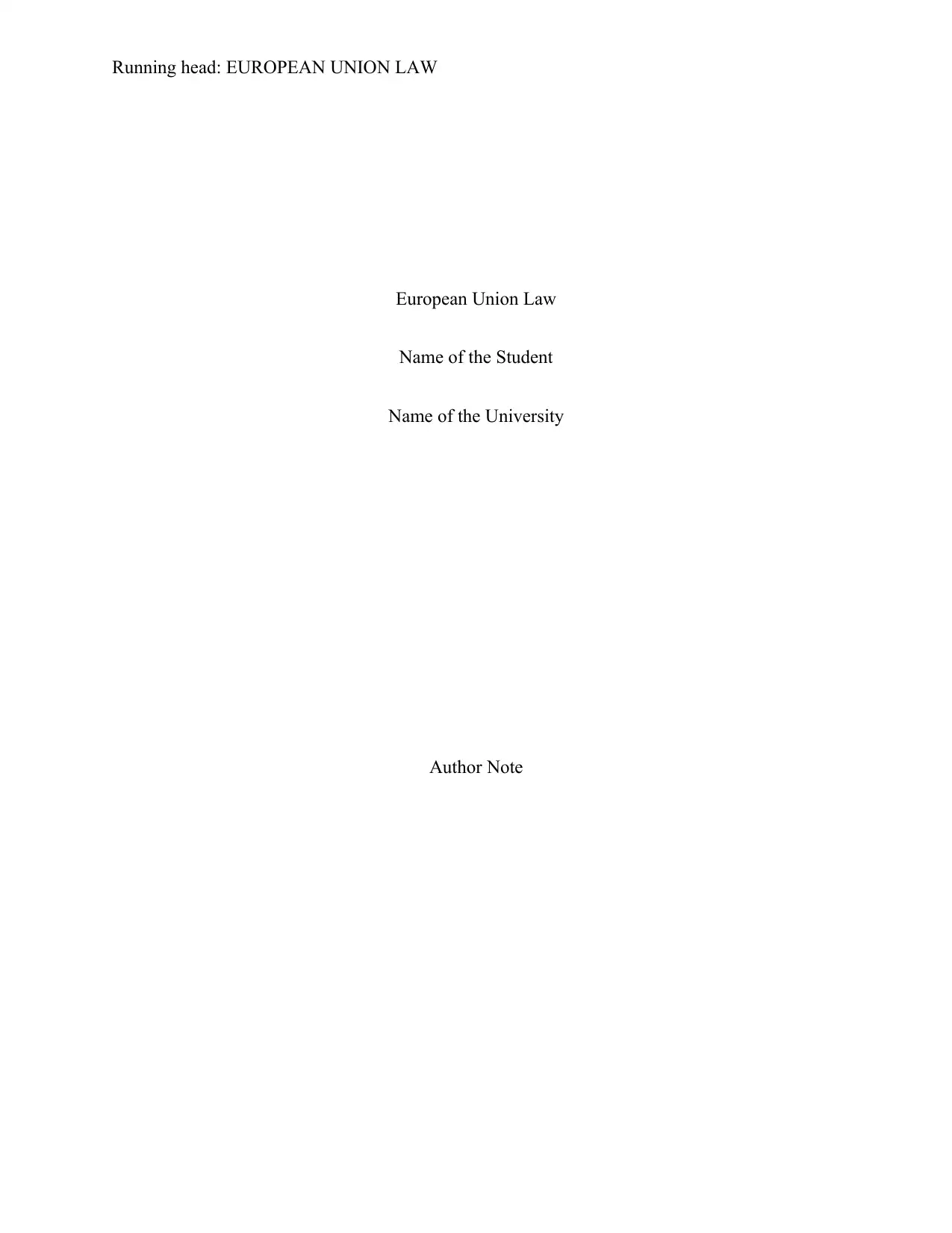
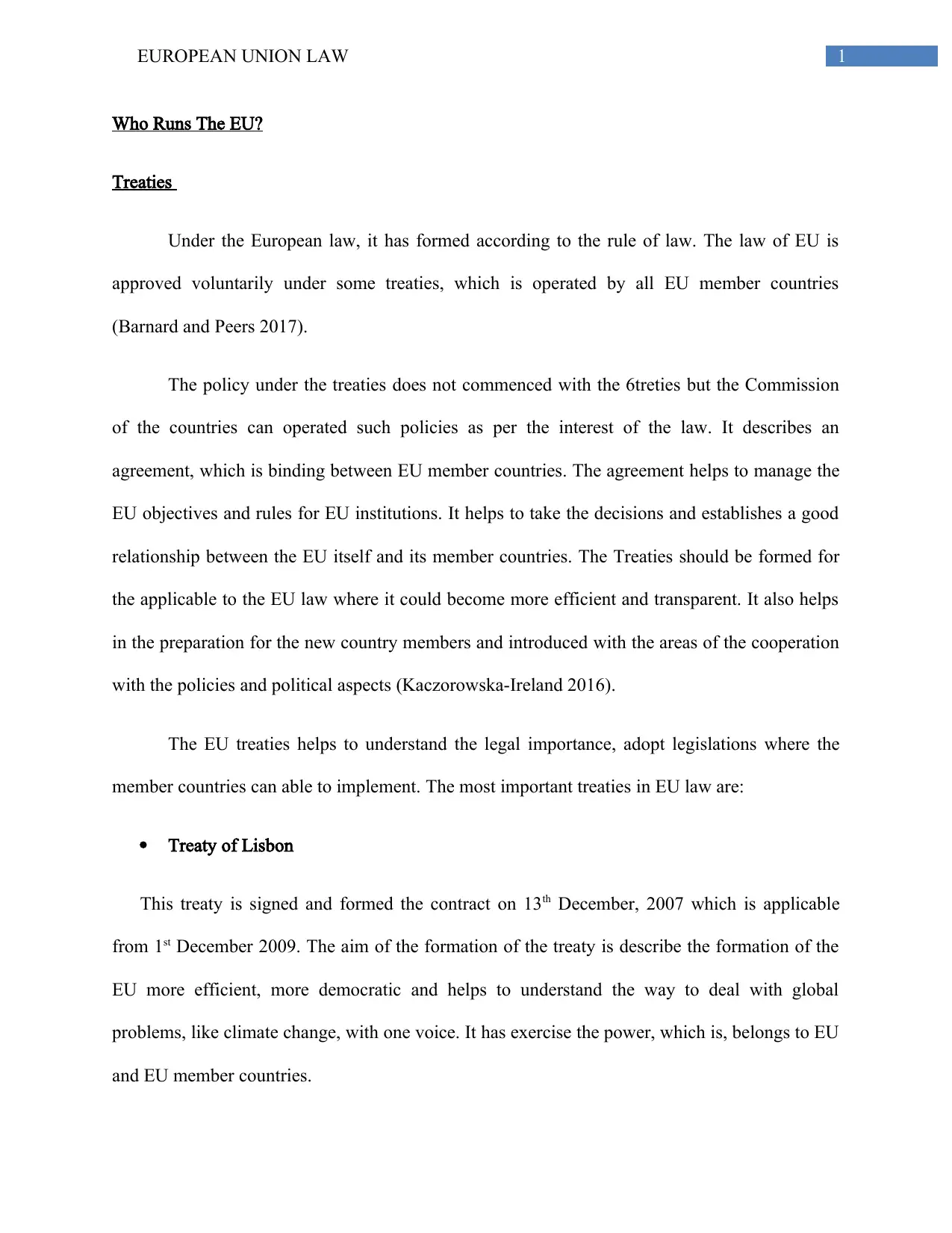
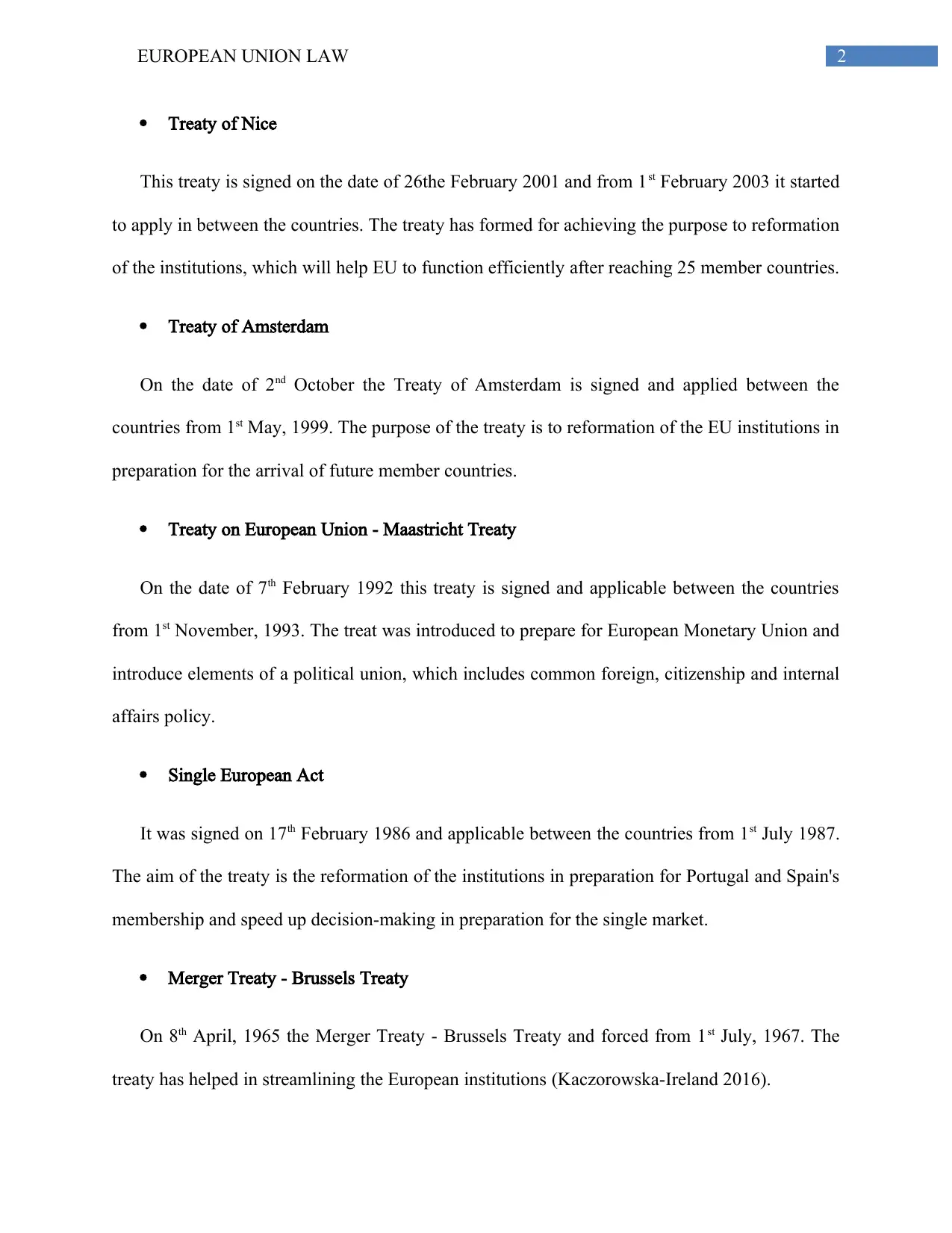

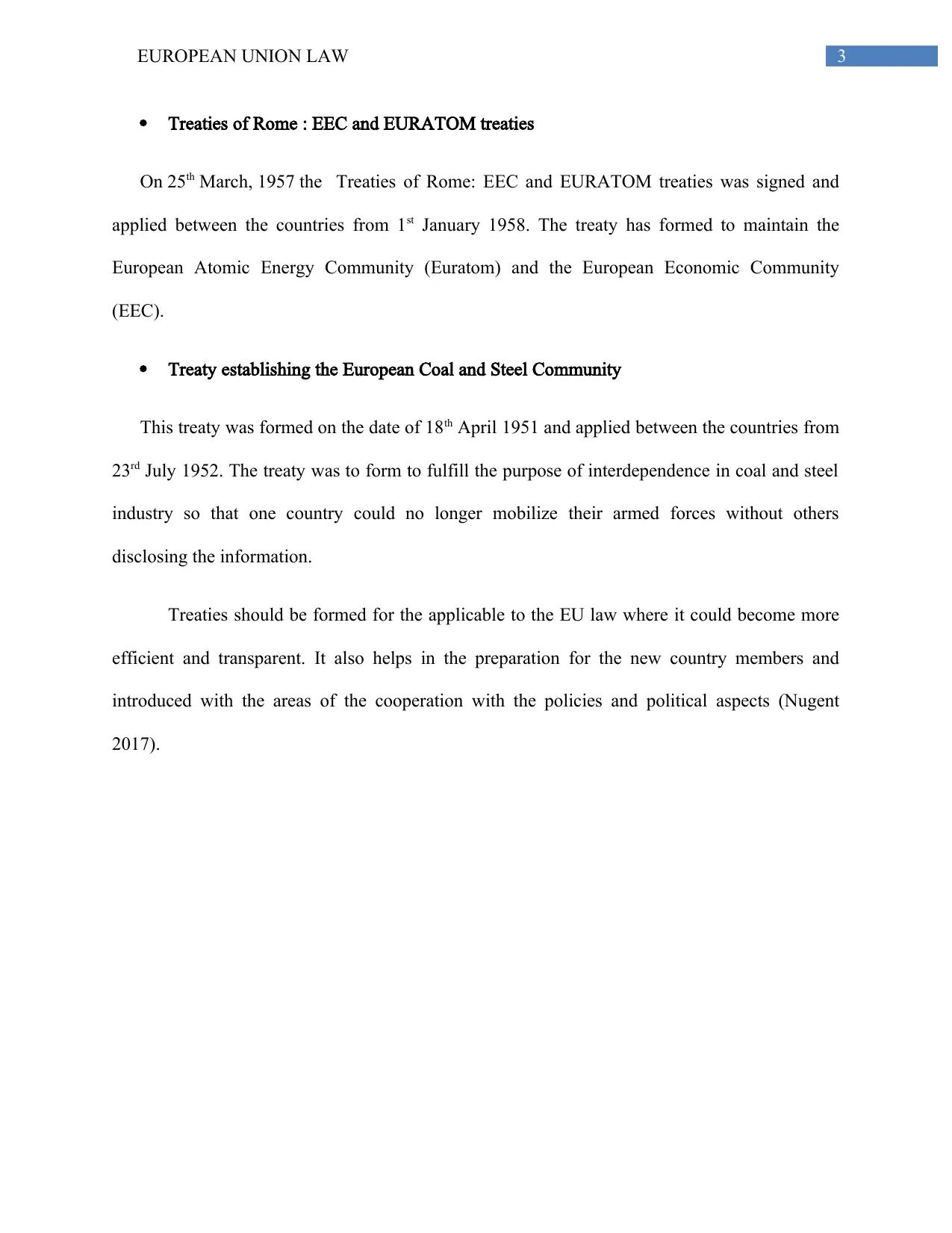
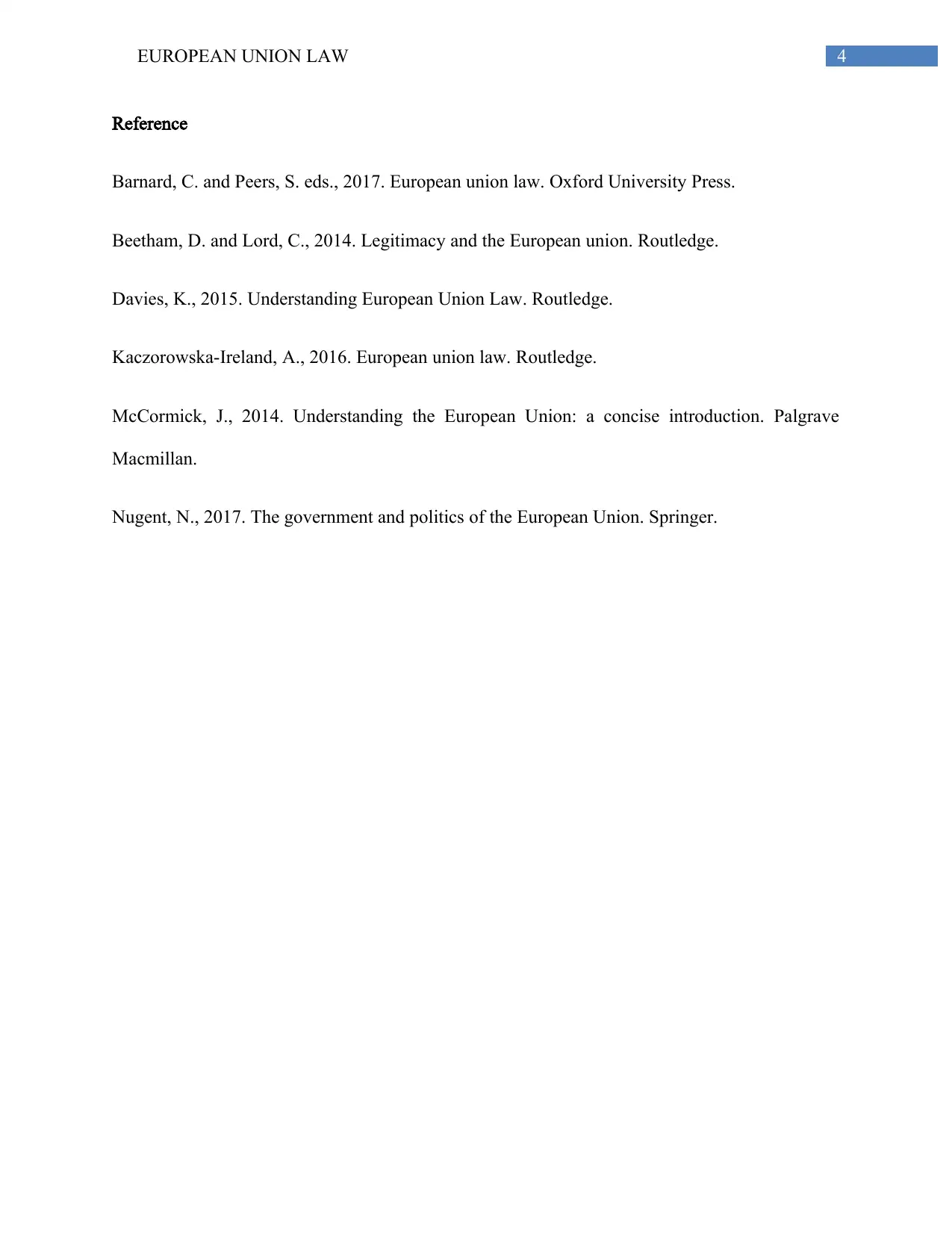






![[object Object]](/_next/static/media/star-bottom.7253800d.svg)